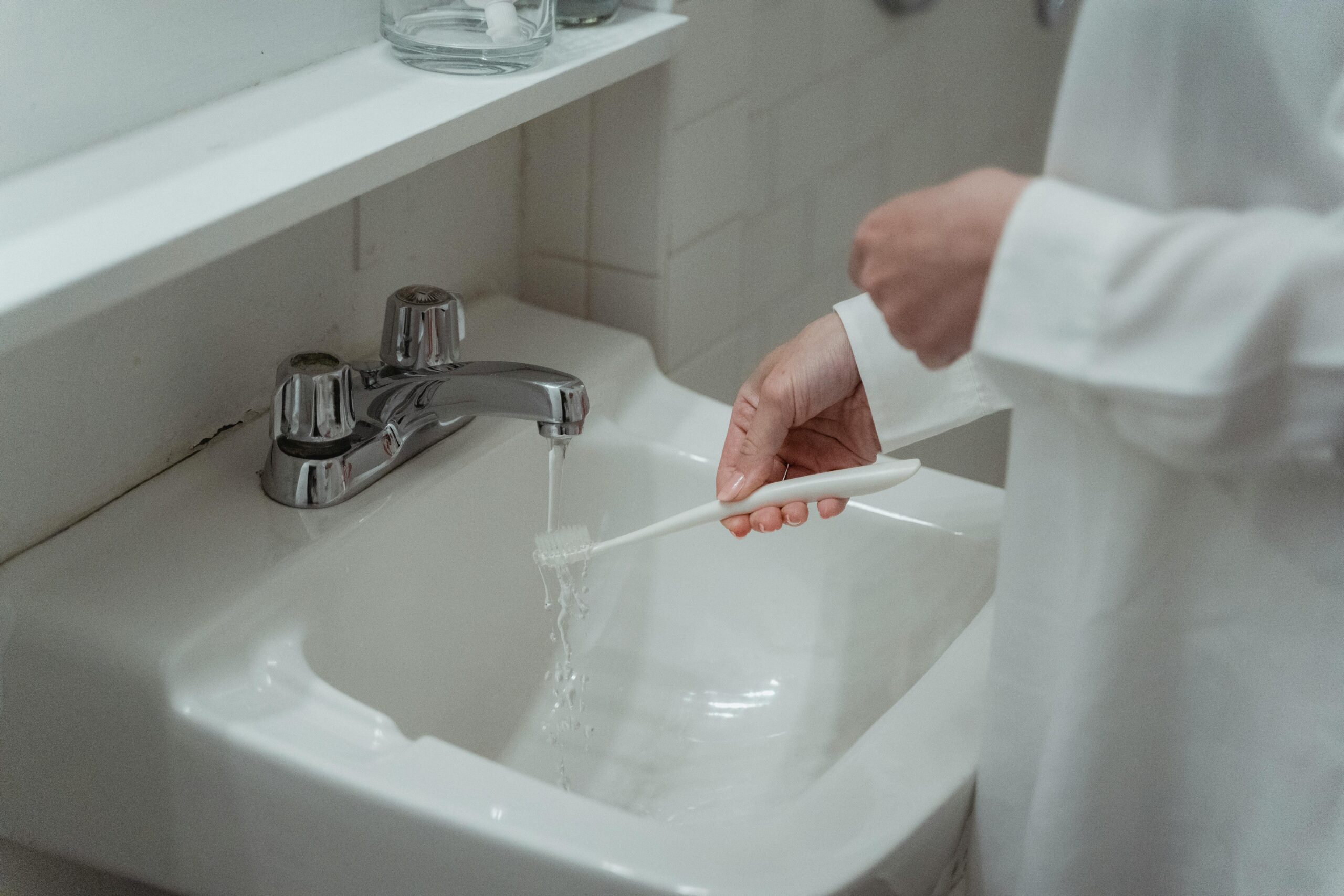Fluoride in drinking water: a small thing that could have big effects. Whether it’s in toothpaste, mouthwash, or the water you drink, fluoride has been praised for keeping teeth cavity-free. But here’s where it gets tricky—some recent studies suggest that too much fluoride could actually harm health, especially in kids.
Just last week, a federal court in California ruled that the Environmental Protection Agency (EPA) must review fluoride levels in water for potential health risks. So, should we rethink fluoridation?
What’s the Big Deal About Fluoride?
Fluoride has been added to public water since the 1940s and for a good reason. Studies showed it was great for reducing cavities. The Centers for Disease Control and Prevention (CDC) even named it one of the greatest public health achievements of the 20th century.
Today, millions of Americans benefit from fluoridated water. But with newer research raising concerns, some wonder if the downsides now outweigh the benefits.
“Fluoride in water—hero or health hazard?” is the question making waves.
Last week’s ruling didn’t come out of the blue. A group of environmental organizations, including Food & Water Watch, took the EPA to court nearly a decade ago. They argued that fluoride levels in drinking water could lead to health issues. And District Court Judge Edward Chen agreed, at least partly.
While he didn’t say fluoride is definitely harmful, he did say there’s enough credible evidence to suggest a possible risk to health, especially for young children’s brain development.
Could Fluoride Lower Kids’ IQ?
That’s one of the concerns! The National Institutes of Health (NIH) published a review recently that connected higher fluoride levels with lower IQ in children. Judge Chen even cited this review in his ruling, noting that there might be too small a margin between safe and harmful levels of fluoride in American drinking water.
The American Academy of Pediatrics (AAP), however, has its doubts. They argue that fluoride in small amounts is still beneficial and recommend it alongside fluoride toothpaste. But even with fluoride in toothpaste, is adding it to water overkill?
Are Other Countries Ditching Fluoride?
Here’s an interesting twist: many developed countries have seen cavity rates drop without adding fluoride to drinking water. For example, several European countries rely on fluoride toothpaste and mouth rinses, avoiding water fluoridation altogether.
They argue that toothpaste, which almost everyone uses, is enough. And that raises the question—are we just doubling up on fluoride unnecessarily?
“Some countries say ‘no’ to fluoride in water and still get great dental results. Is the U.S. behind the times?”
So, What’s Next for the EPA?
The judge’s ruling leaves the EPA with options. They might add warning labels about fluoride levels or even consider lowering fluoride concentrations in drinking water. But one thing they can’t do? Ignore the evidence.
The EPA now has to respond to the court’s concerns, and the options range from minor changes, like tweaking labels, to big steps, like adjusting fluoride levels nationwide. But will they act fast enough to address concerns?
Both sides have solid points. Supporters of fluoridation say it’s a cheap and easy way to protect everyone’s teeth, especially in communities that don’t have easy access to dental care. Critics say it’s outdated and could pose health risks. So, where’s the middle ground?
Fluoride has been a public health “win” for decades, but as more studies come out, it’s clear that there’s no one-size-fits-all answer.
sources:
https://edition.cnn.com/2024/09/25/health/epa-fluoride-drinking-water/index.html
https://www.cbsnews.com/news/epa-fluoride-drinking-water-federal-court-ruling





Leave a Comment